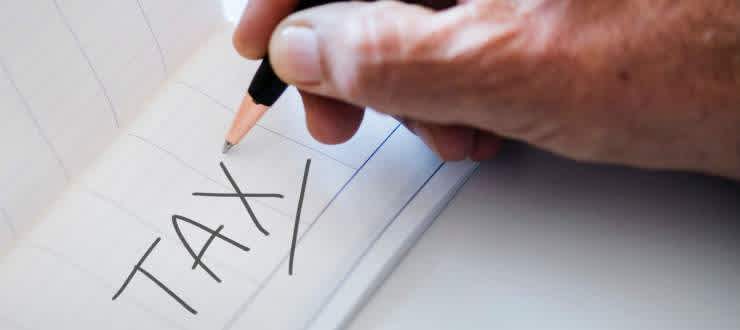Do the self-employed get pensions?
If you are simply ‘employed’, earn more than £10,000 per year and are 21 or older, then you are automatically enrolled into a pension scheme through your employer. This doesn’t apply if you’re self-employed, and you will not benefit from employer contributions either.
If you are self-employed you should be actively thinking about retirement planning. Thinking about how you’ll provide yourself with an income when you stop work is arguably more important if you’re self-employed because you won’t have any employer contributions to boost your pension pot. Without your employer to enrol you themselves it can be hard to know how to start a pension.
Self-employed pension contributions
Although you won’t benefit from employer contributions, you will still be eligible for tax relief. That means if you’re a basic rate taxpayer, you’ll automatically receive tax relief at 20% on any contributions you make into your pension. If you’re a higher rate or additional taxpayer, you can claim back an additional 20% or 25% in tax relief via your self-assessment tax return.
However, there are limits on the amount of tax relief you may claim. The maximum amount on which you can claim tax relief is known as the annual allowance. For each of the 2019/20 and 2020/21 tax years, the allowance is £40,000: this is the maximum amount you can contribute each year into your pension pots.
If you haven’t used your annual allowance during the three previous tax years, you can carry forward these allowances to the current tax year as long as you belonged to a registered pension scheme during this period.
Bear in mind that tax rules can and do change over time, and the value of them to you will depend on your individual circumstances. If you are unsure where to start then here are some pension options that might be right for you.
How to save for a pension when you're self-employed: the options
Personal pensions
If you’re self-employed, you won’t have access to a company pension scheme, but you can still pay into a personal, private pension for the self-employed. Like most company schemes, personal pensions are defined contributions or money purchase pension schemes.
That means the amount of income you’ll receive from your pension at retirement will depend on how much you’ve put into it and how the money invested performs over time, once charges are taken into account.
There are plenty of pension providers to choose from, many of which offer a wide range of investments. If you’re not sure which investments to put your money into, seek professional financial advice.
Stakeholder pension
Stakeholder pensions are a type of personal pension which allows you to make low minimum contributions and have caps on the charges that apply to them.
Compared to other plans they may provide a limited range of investment options, and like other types of defined contribution pensions, the amount you’ll end up with at retirement will depend on how much you’ve contributed and how your investments have performed.
Self-Invested Personal Pensions (SIPPs)
Another option for the self-employed is a self-invested personal pension (SIPP) which, as the name suggests, enables you to pick which investments you want to hold in your pension wrapper and manage them yourself.
This type of pension typically offers you access to a wider choice of investments than other types of pension. However, SIPPs are not suitable for everyone. If you don’t want to invest across different asset classes or don’t think you will make use of the investment choices that SIPPs give you then a SIPP might not be right.
SIPP holders should regularly review their SIPP portfolio, or seek professional advice, to ensure that the underlying investments remain in line with their pension objectives.
What to remember about your self-employed pension plan
Whichever type of pension you choose, the value of the investments your money goes into can fluctuate, so you could get back less than you put in.
If self-employed via a Limited company or you are working freelance, then it is possible that your income can fluctuate. If this is the case, then there are pension options available to you that allow you to pay into your pension ad-hoc as well as making regular contributions. You may wish to consult an accountant for the various options available to you for making pension contributions.
It may also be beneficial to find out if you are paying Class 2 NICs (National Insurance Contributions) which is taken automatically through your self-assessment if your earnings are above the Small Profits Share (£6,475). Paying Class 2 NICs will enable you to claim state benefits like Maternity Allowance and Basic State Pension. If your earnings are below the SPS then you can choose to pay Class 2 NIC voluntarily to protect your eligibility for certain benefits.
Bear in mind too that you won’t be able to access your pension savings until you reach the age of 55, rising to 57 by the year 2028.
If you want more information on how a pension could benefit you then the government recently announced plans to encourage retirement saving among Britain’s 4.8m self-employed, which you can find here. We can help you, sign up now.
Capital at risk. This article does not constitute personal advice. If you are in doubt as to the suitability of an investment, please contact one of our advisers. Prevailing tax rates and reliefs are dependent on your individual circumstances and are subject to change.



